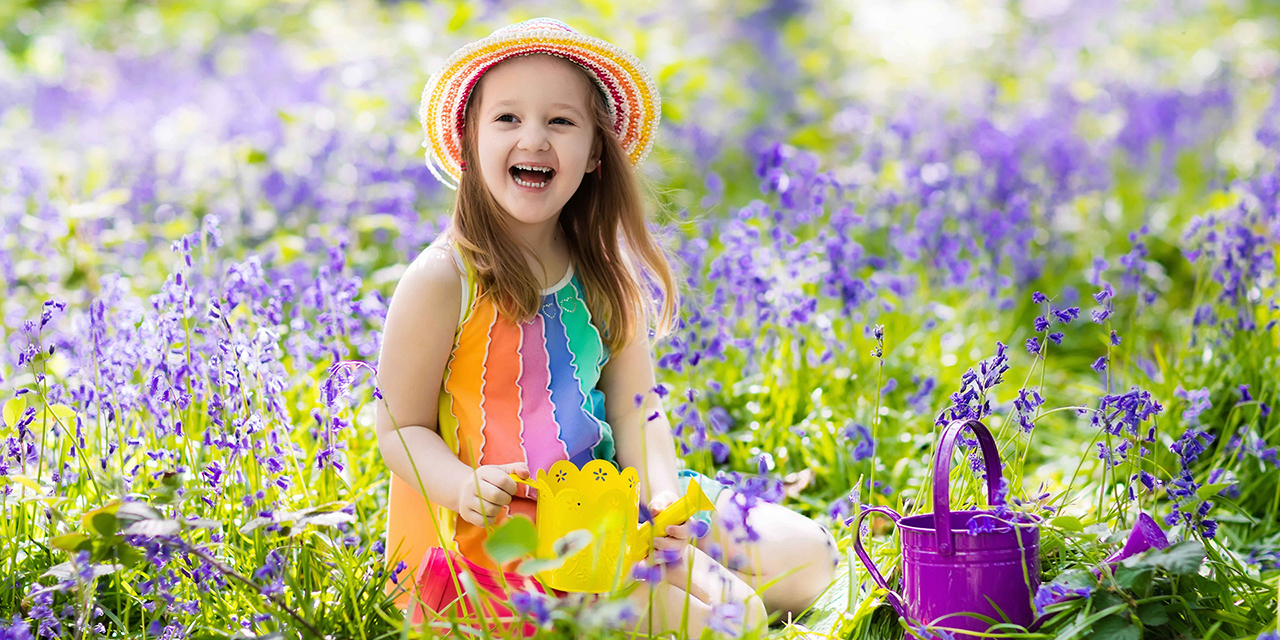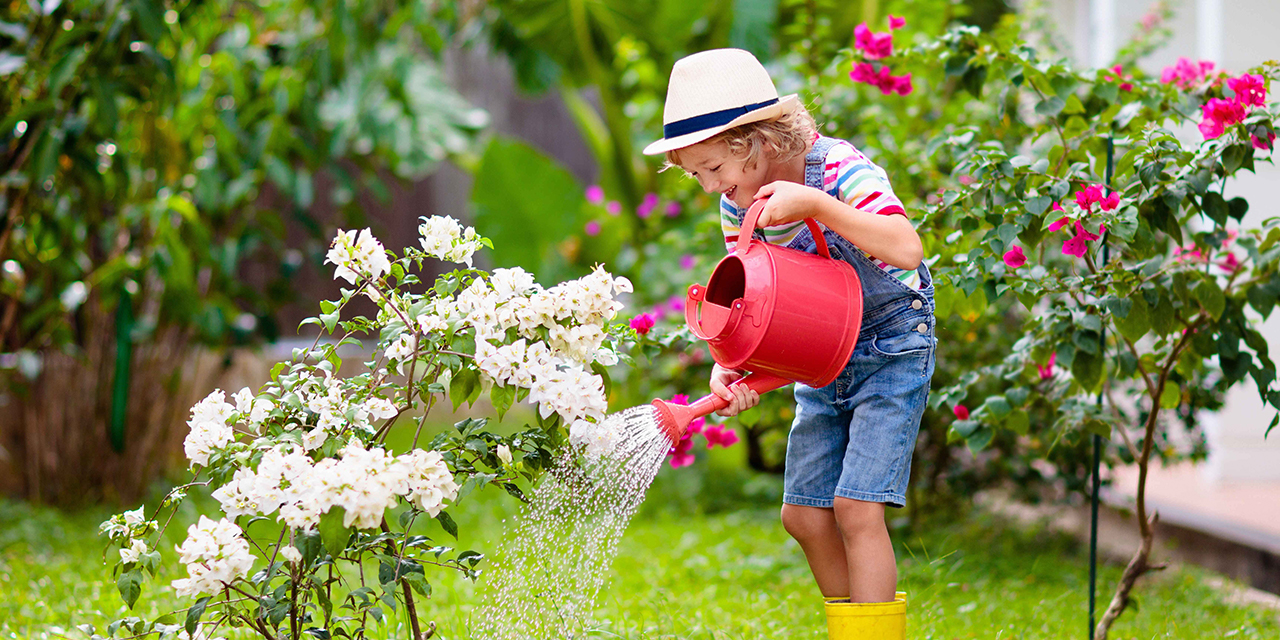ADHD & Attention Deficits, General Information, Sensory Processing
Cultivating Growth: The Benefits of a Children’s Garden
In today’s fast-paced world, finding moments of tranquillity and connection with nature can be invaluable for children’s development. One beautiful way to provide this experience is through a children’s garden. These magical spaces not only offer a sanctuary for young minds but also hold a myriad of benefits, especially for children with ADHD and sensory processing differences.

Exploring the Children’s Garden
A children’s garden is more than just a plot of land with flowers and plants; it’s a dynamic outdoor classroom where children can engage all their senses. Every element invites exploration and curiosity, from the vibrant colours of flowers to the earthy smell of soil.
Sensory Stimulation and ADHD
Children with ADHD often struggle with sensory processing, where their brains have difficulty organising and responding to the information they receive from their senses. A children’s garden provides a rich sensory environment, offering various textures, scents, and sounds that can help regulate their sensory systems.

Texture Exploration: Running their hands through soft petals, feeling the rough bark of a tree, or squishing mud between their toes provides tactile input that can be incredibly soothing for children with sensory processing challenges.
Calming Scents: The natural fragrances of flowers and herbs can calm an overstimulated mind. A whiff of lavender or rosemary can promote relaxation and focus.
Visual Delight: The colours and shapes in a garden stimulate the visual senses. Bright flowers, the symmetry of leaves, and the fluttering of butterflies all provide visual input that can positively capture a child’s attention.
Physical Activity and ADHD
Beyond sensory benefits, children’s gardens offer ample opportunities for physical activity, which is crucial for children with ADHD. Engaging in gardening tasks like digging, planting, and watering involves whole-body movements that can help release pent-up energy and improve focus.

Gross Motor Skills: Gardening activities require large muscle movements, such as digging with a shovel or hauling watering cans. These activities help develop gross motor skills and coordination.
Fine Motor Skills: Delicate tasks like planting seeds or handling small plants improve fine motor skills and hand-eye coordination.
Mindful Engagement: Gardening encourages mindfulness, a practice beneficial for children with ADHD. Focusing on the task at hand—whether planting a seed or watering a flower—teaches children to be present in the moment, enhancing their ability to concentrate.
Emotional Well-Being and ADHD
The therapeutic benefits of a children’s garden extend to emotional well-being. For children with ADHD, who may experience heightened emotions and stress, the garden becomes a calming retreat.
Stress Reduction: Spending time in nature has been shown to reduce cortisol levels, the hormone associated with stress. A garden provides a peaceful environment where children can unwind and recharge.
Sense of Responsibility: Caring for plants instils a sense of responsibility and accomplishment. Watching a seed they planted grow into a flourishing plant boosts self-esteem and confidence.
Connection with Nature: Children can become disconnected from the natural world in today’s digital age. A children’s garden fosters a sense of awe and wonder about nature, promoting a lifelong love for the environment.
Incorporating a Children’s Garden at Home
Creating a children’s garden at home doesn’t require ample space or extensive gardening knowledge. Even a tiny balcony or windowsill can become a mini oasis for exploration.
Tips for Starting Your Children’s Garden:
Select Child-Friendly Plants: Choose plants with vibrant colours, exciting textures, and easy care requirements. Sunflowers, marigolds, and cherry tomatoes are great options.
Provide Child-Sized Tools: Invest in small gardening tools designed for little hands. This makes gardening more accessible and enjoyable for children.
Create a Sensory Corner: Designate an area with scented plants like lavender or mint. Include wind chimes or a bird feeder to attract wildlife.
Make it Interactive: Add features like a fairy garden, stepping stones, or a mini watering station. Encourage imaginative play and exploration.
Experience the Magic of a Children’s Garden
In a world where children are often surrounded by screens and schedules, a children’s garden offers a breath of fresh air—both literally and metaphorically. It’s a place where imagination blooms alongside flowers, and learning happens organically through play.
So, whether you have a sprawling backyard or a cozy balcony, consider creating a space where your child can connect with nature. Watch as they dig in the dirt, marvel at the growth of a tiny seed, and experience the joy of nurturing something living. In the dance between child and garden, a world of development, learning, and discovery awaits.